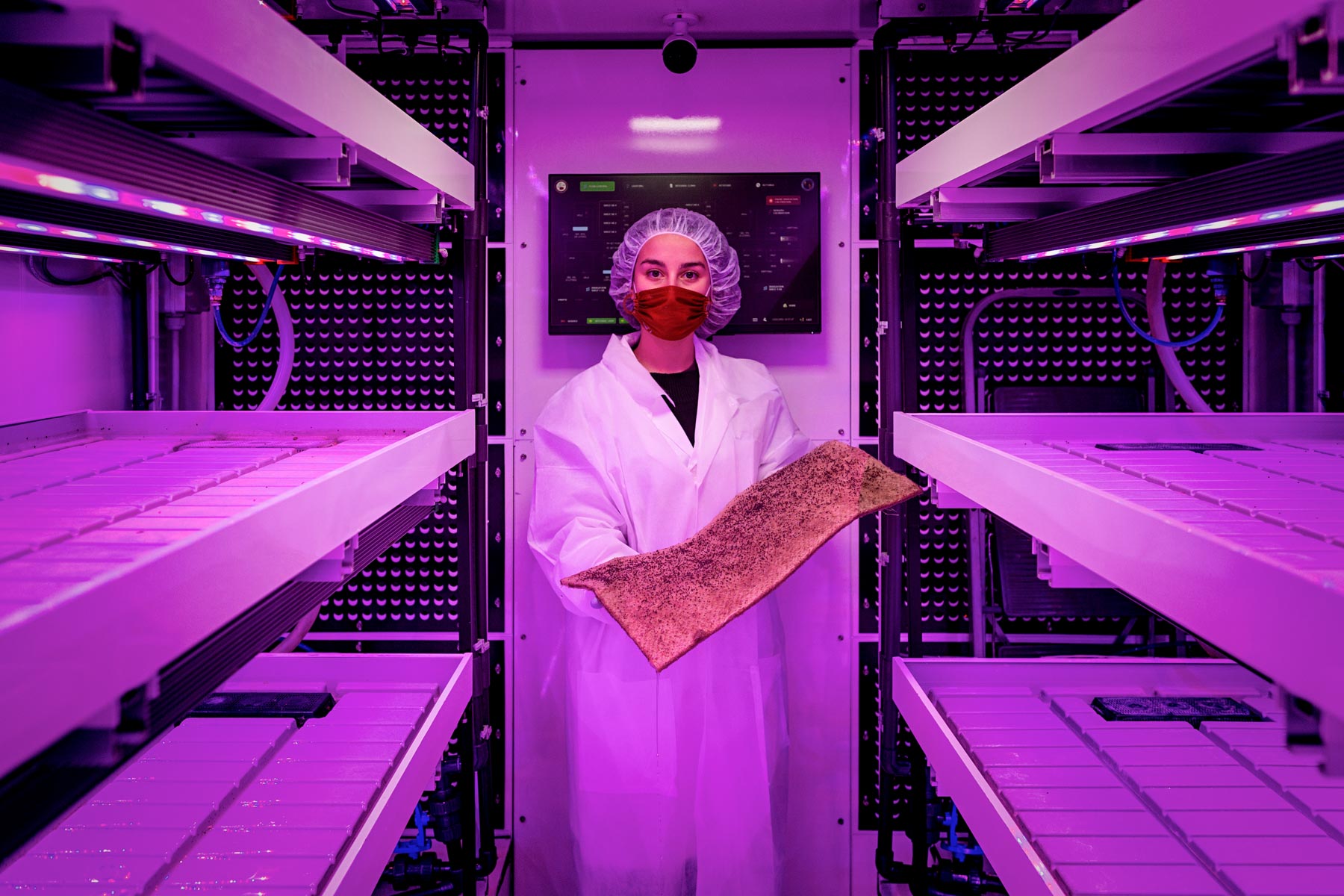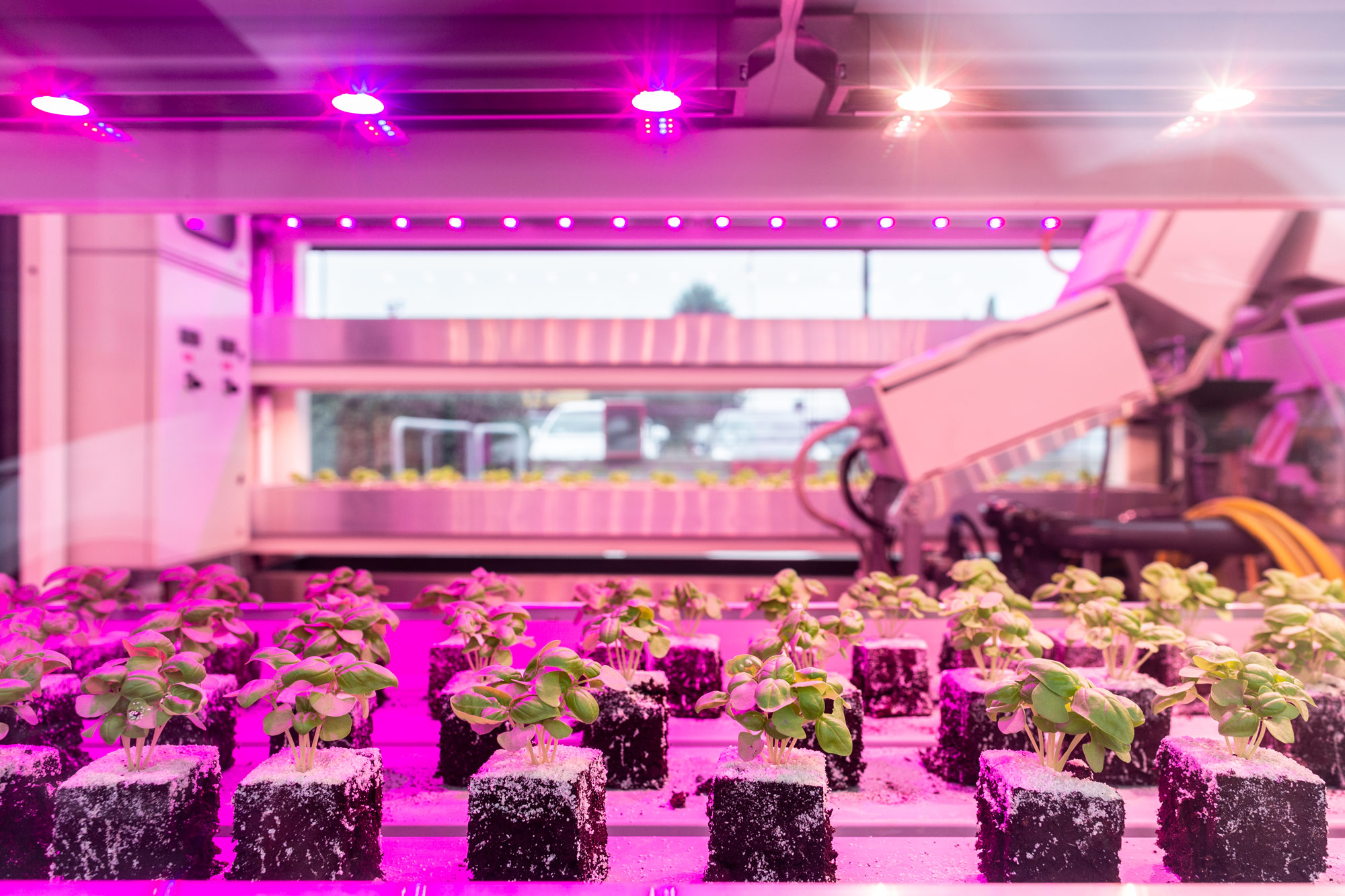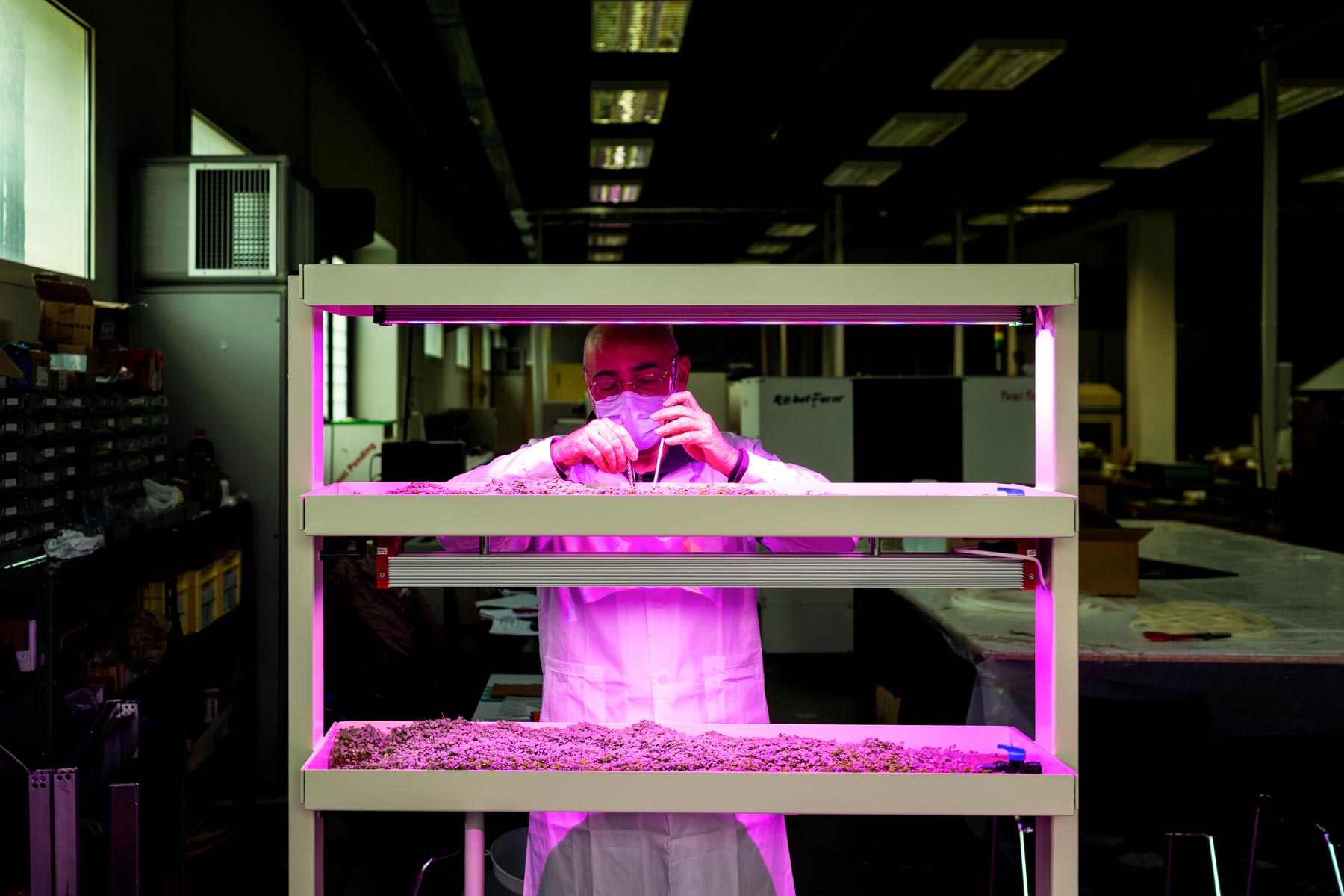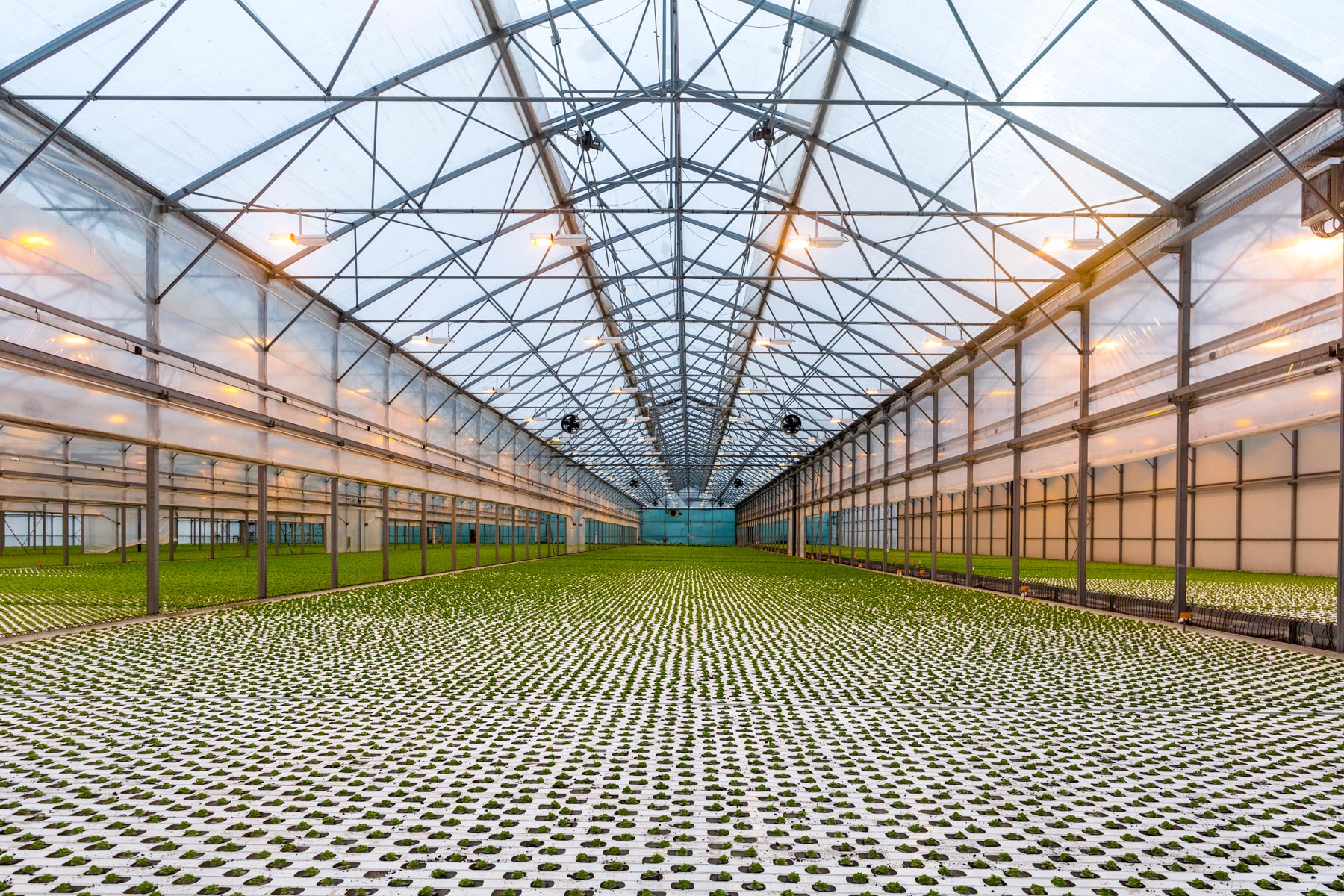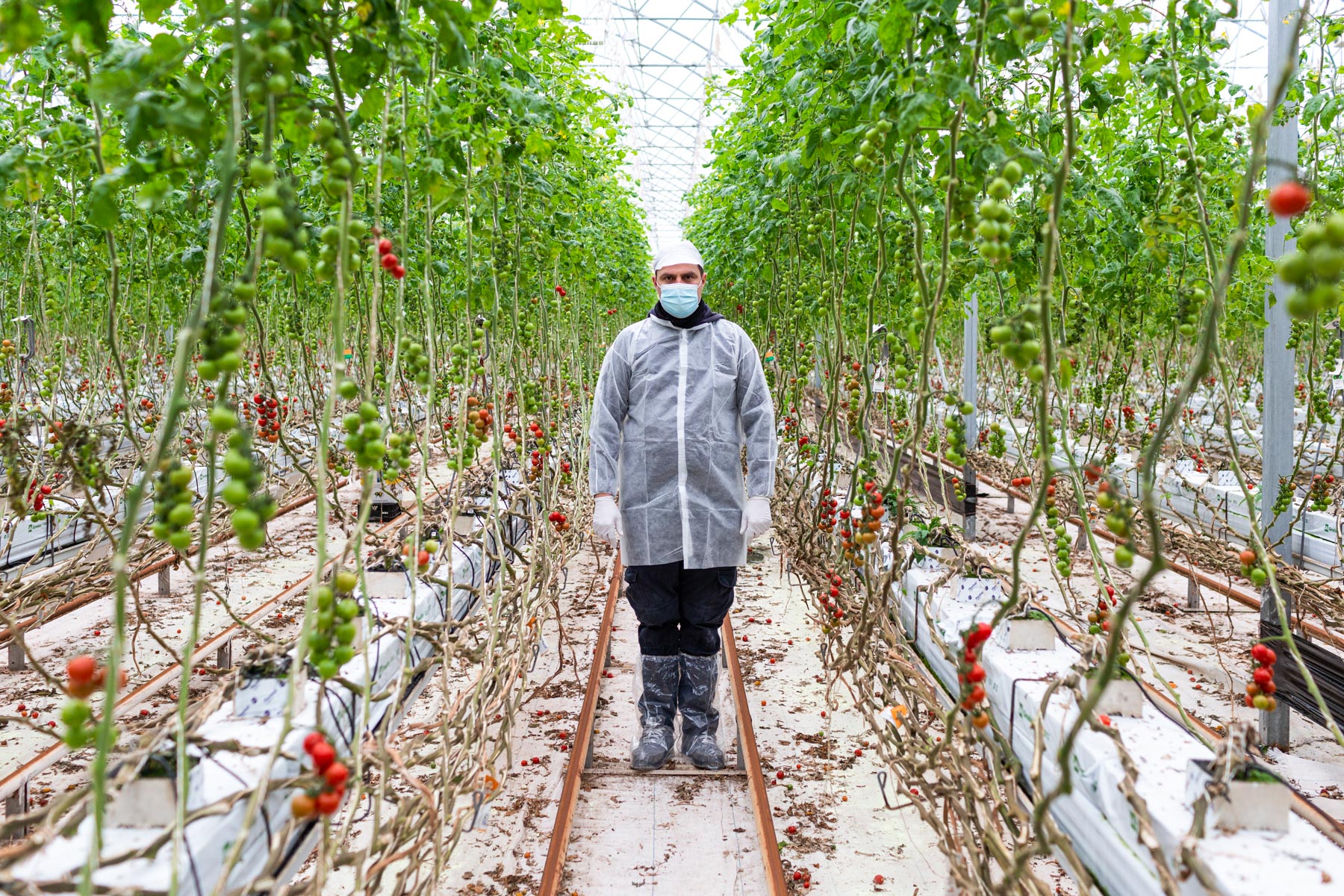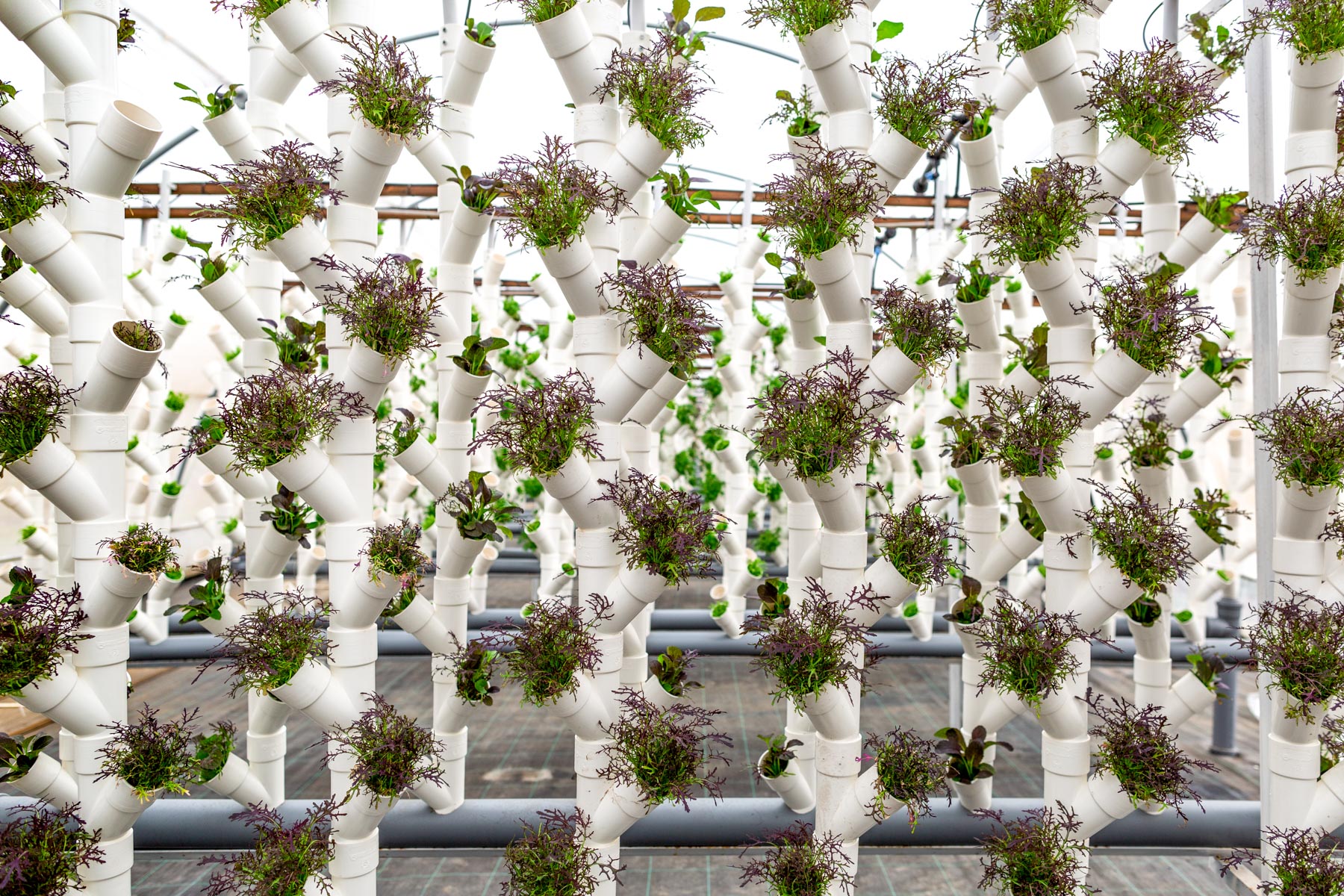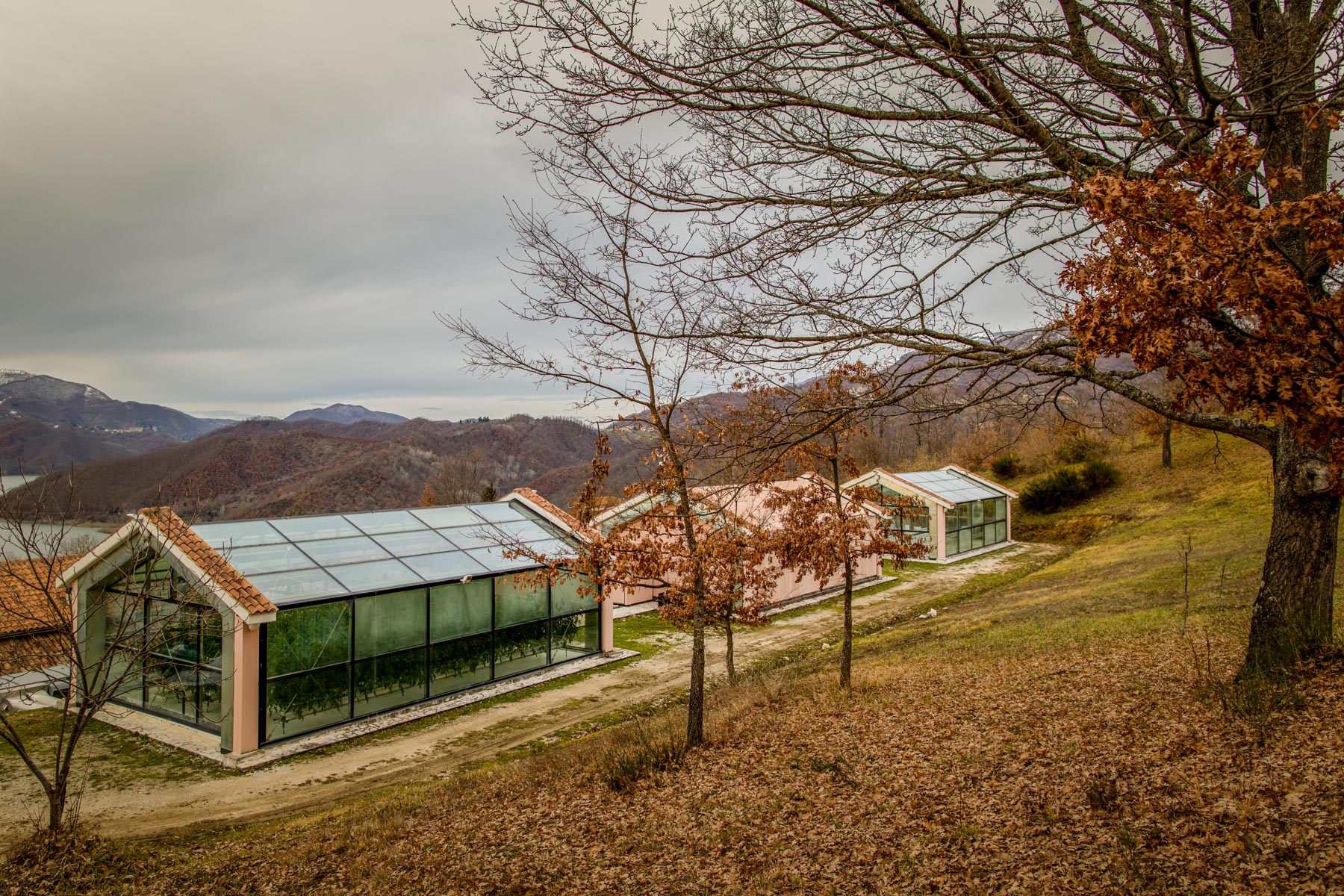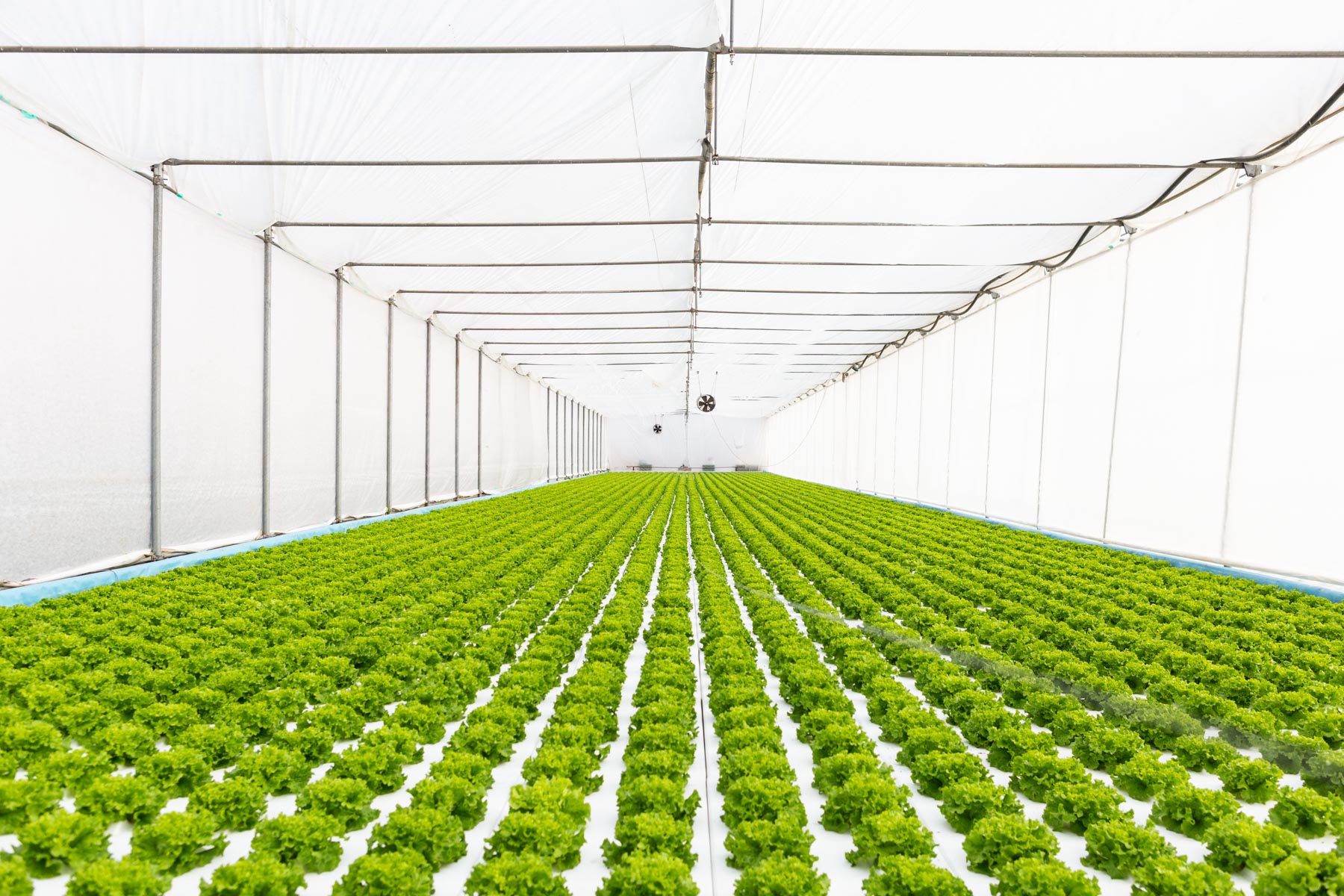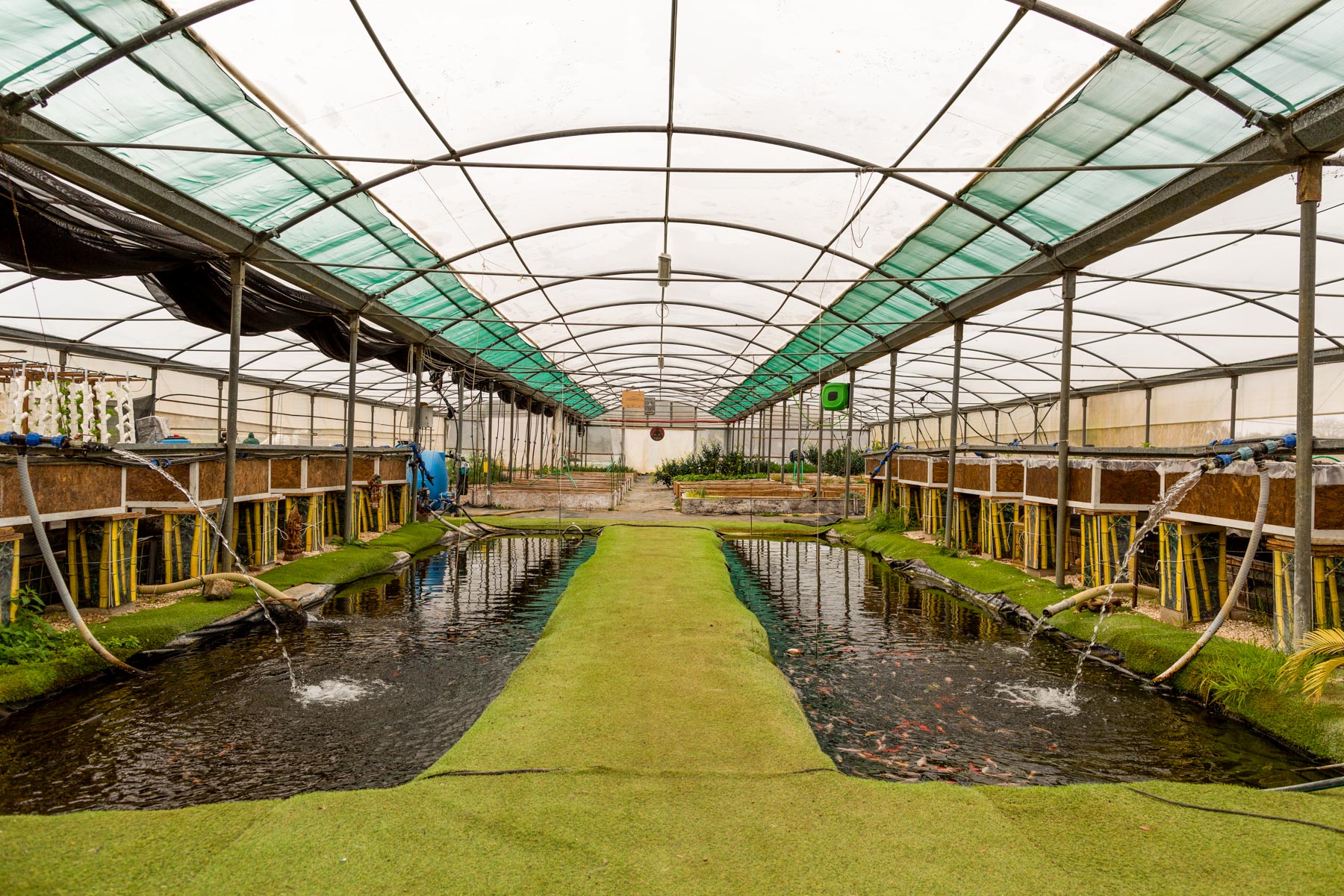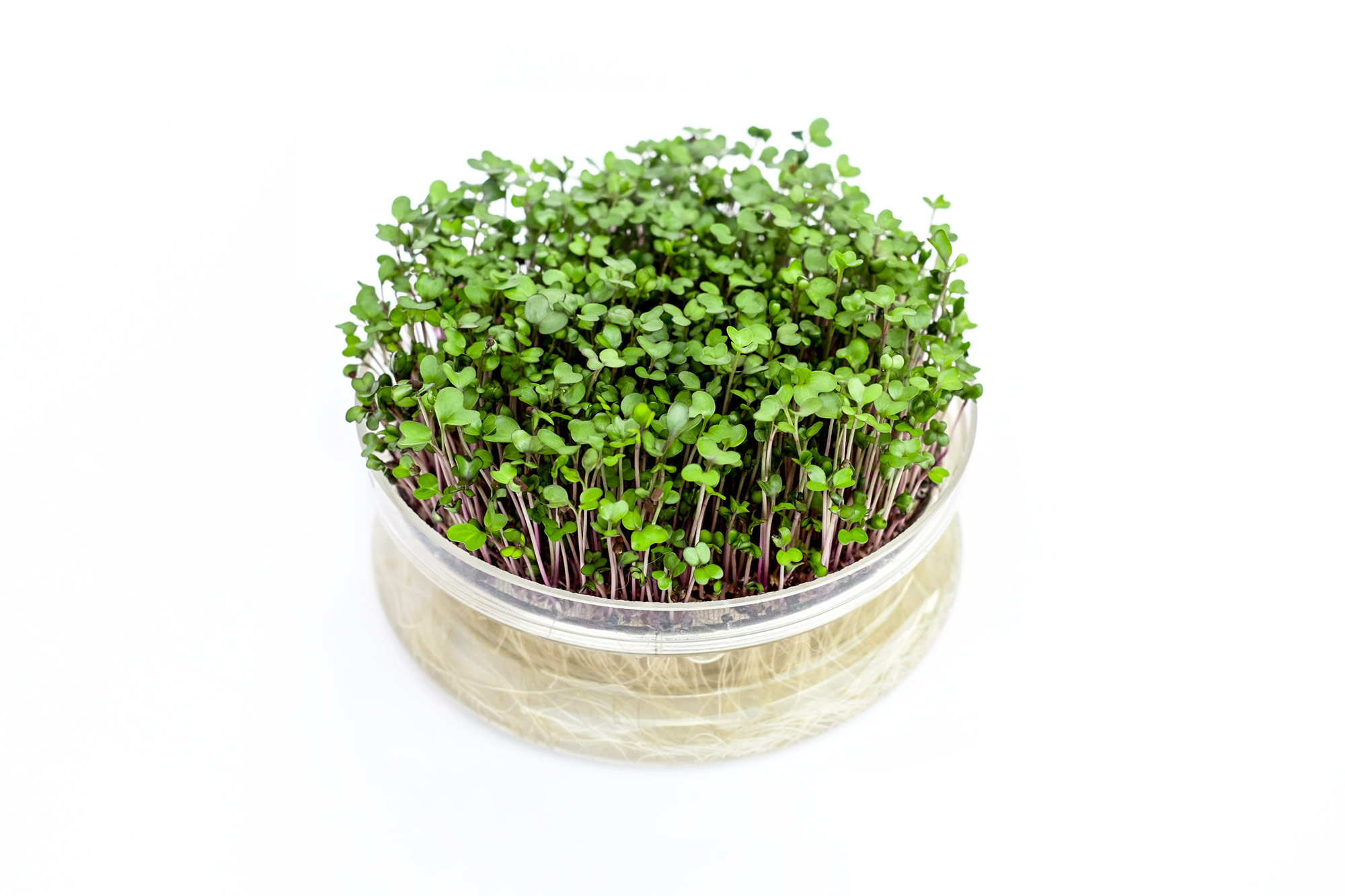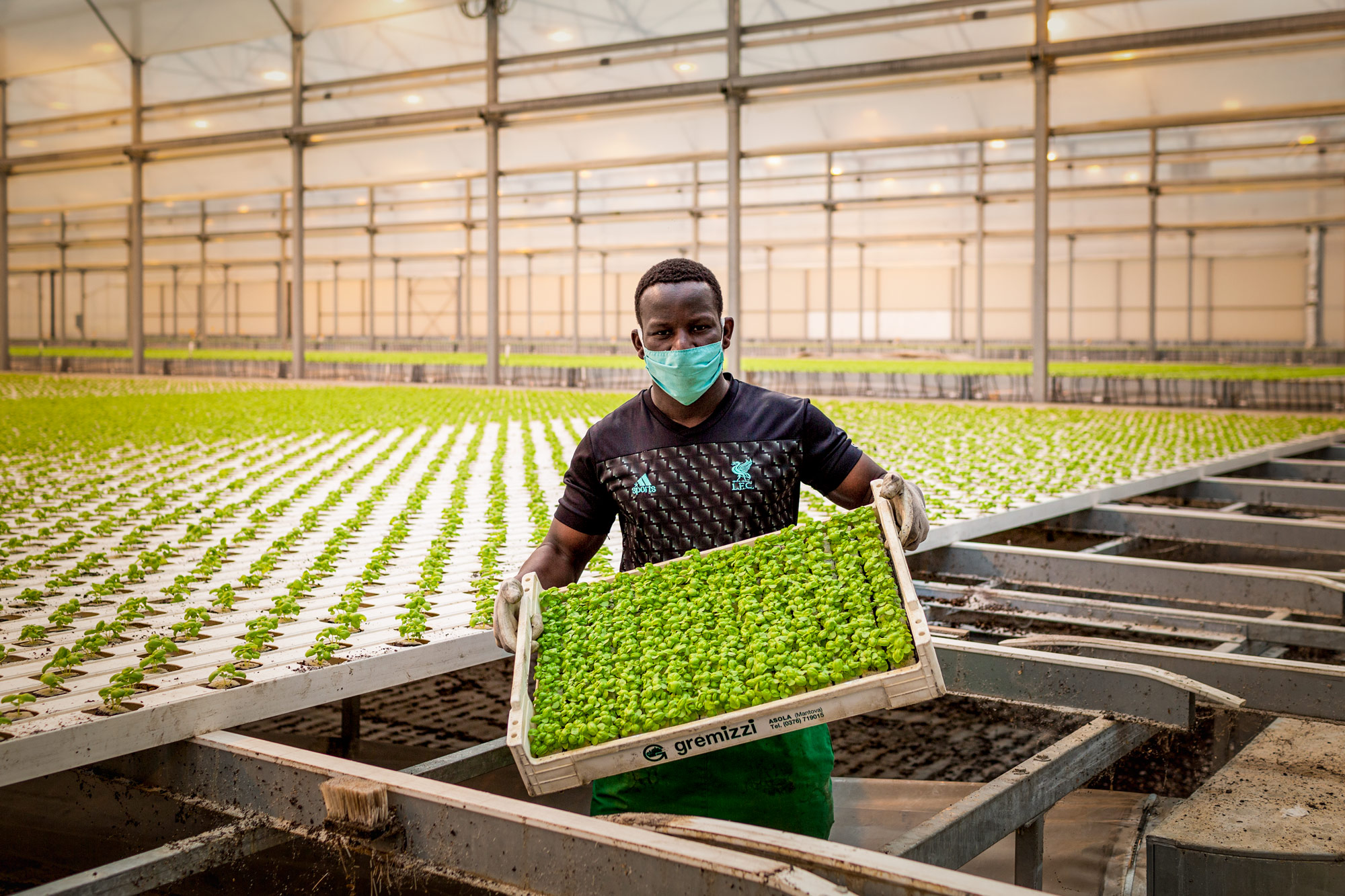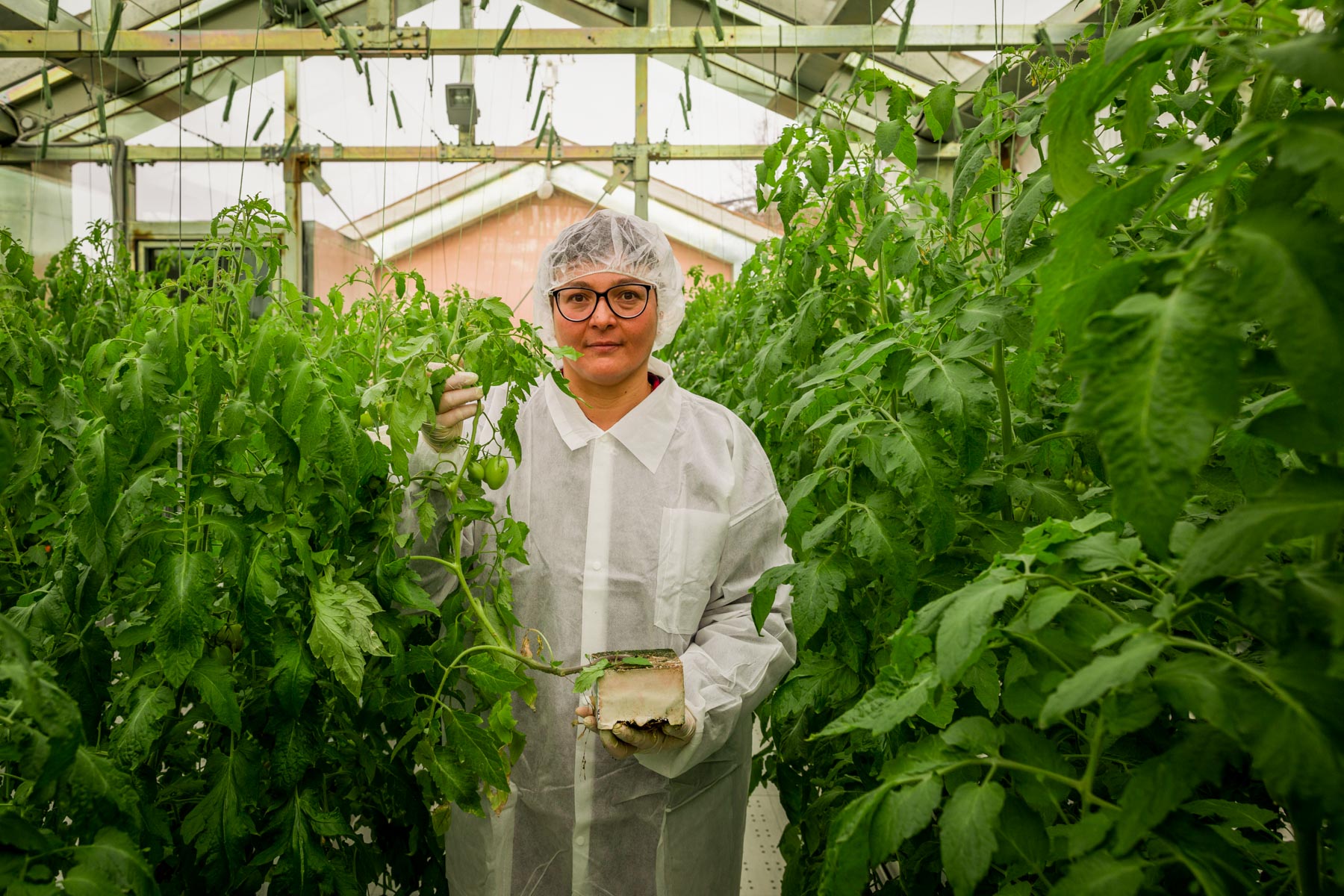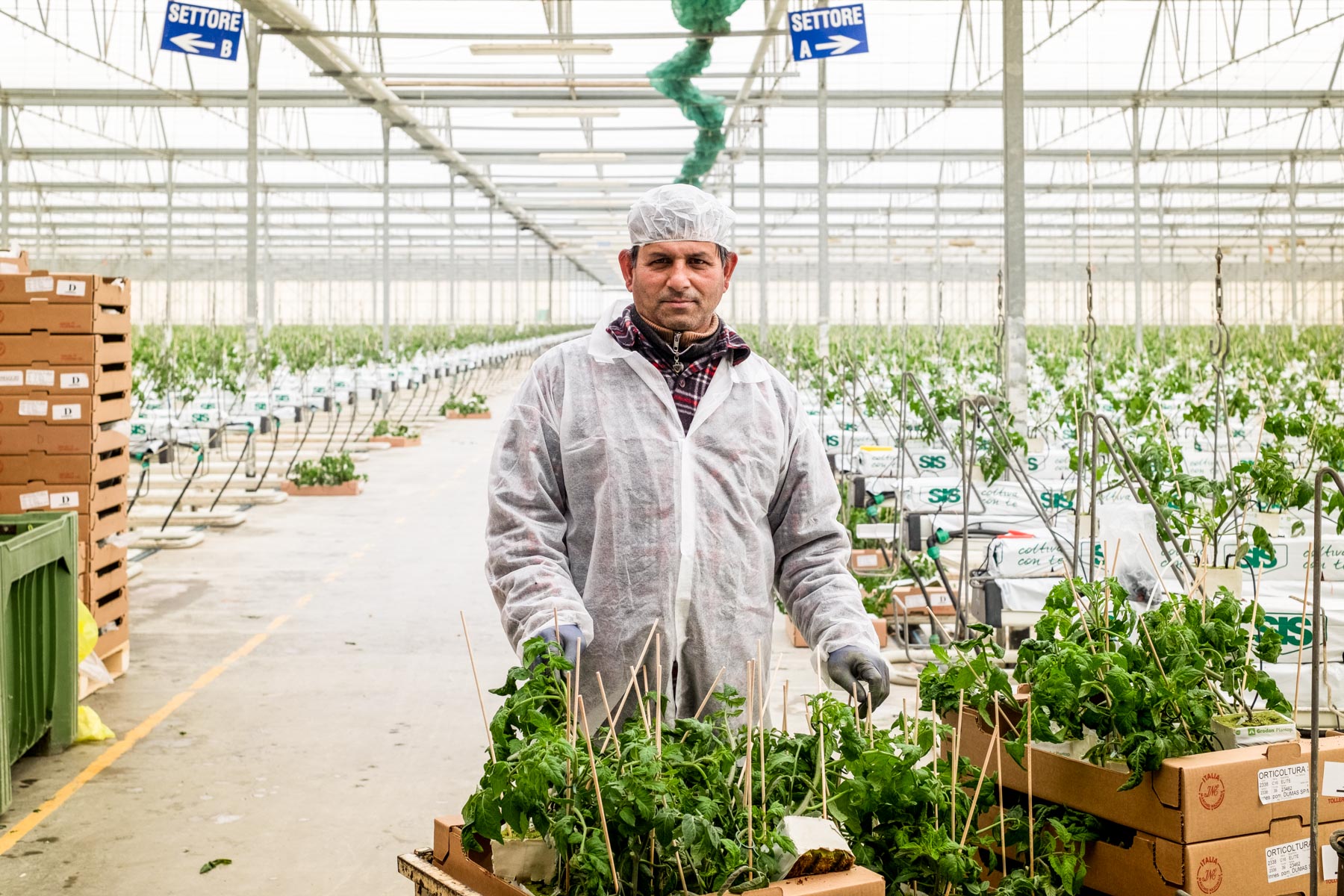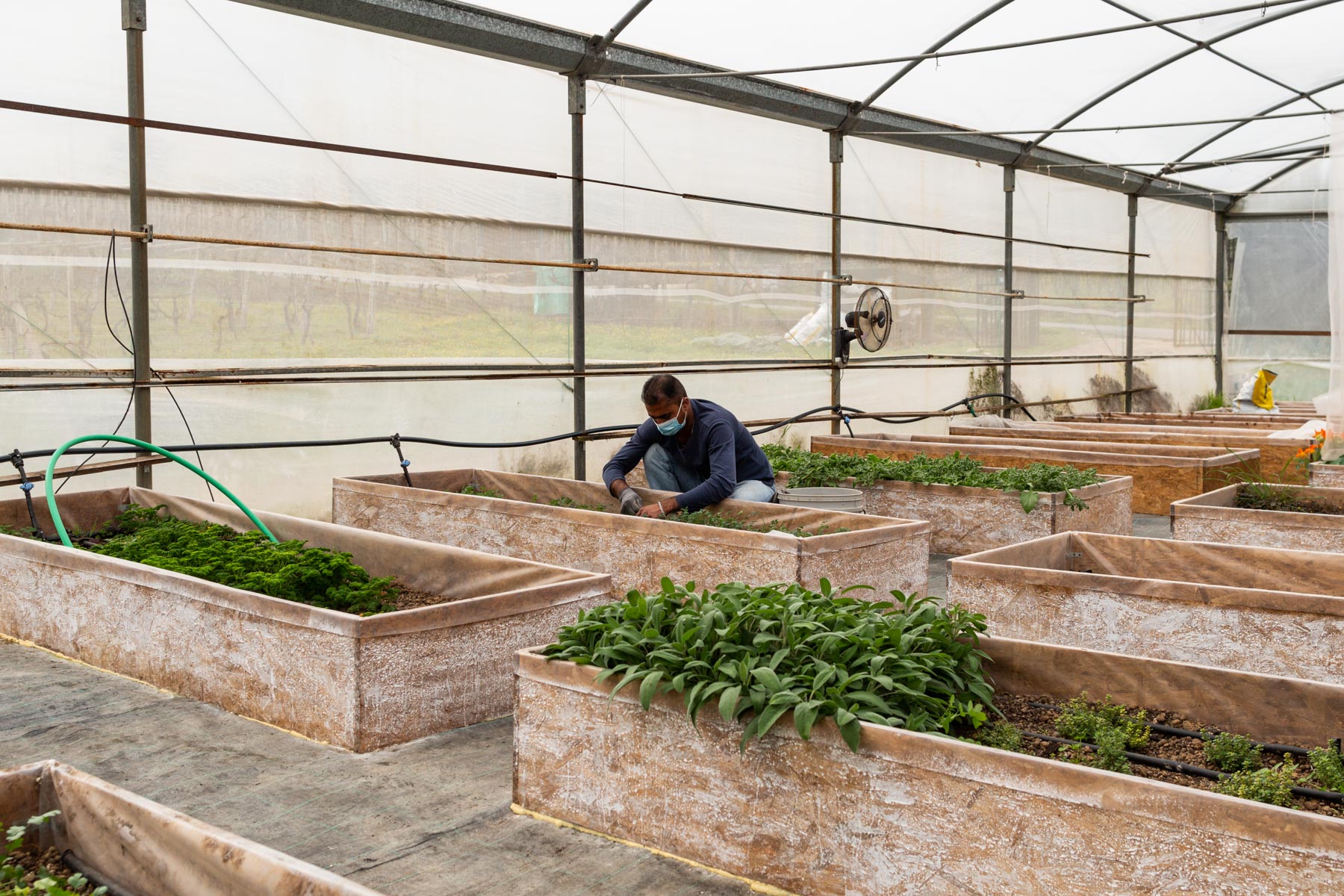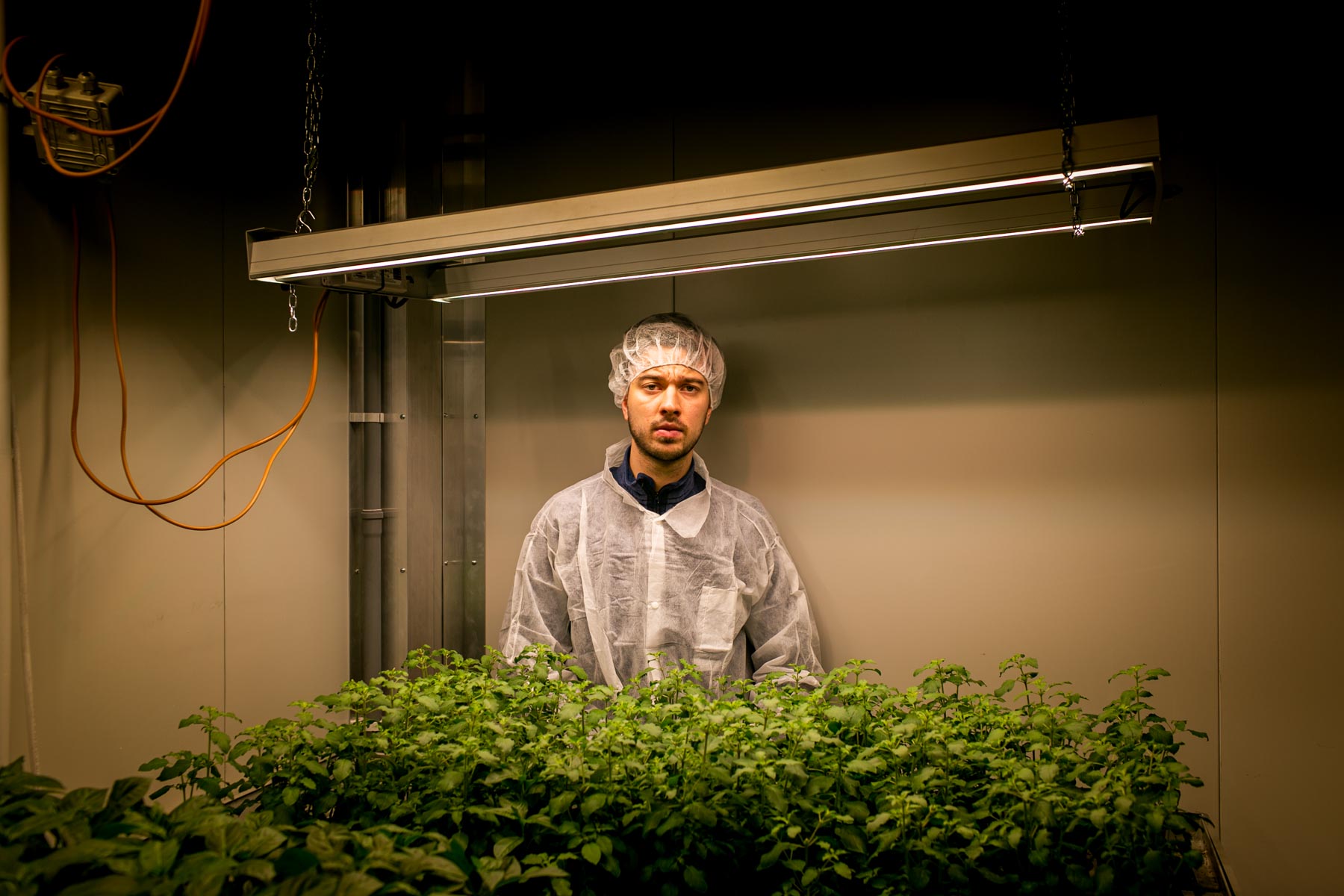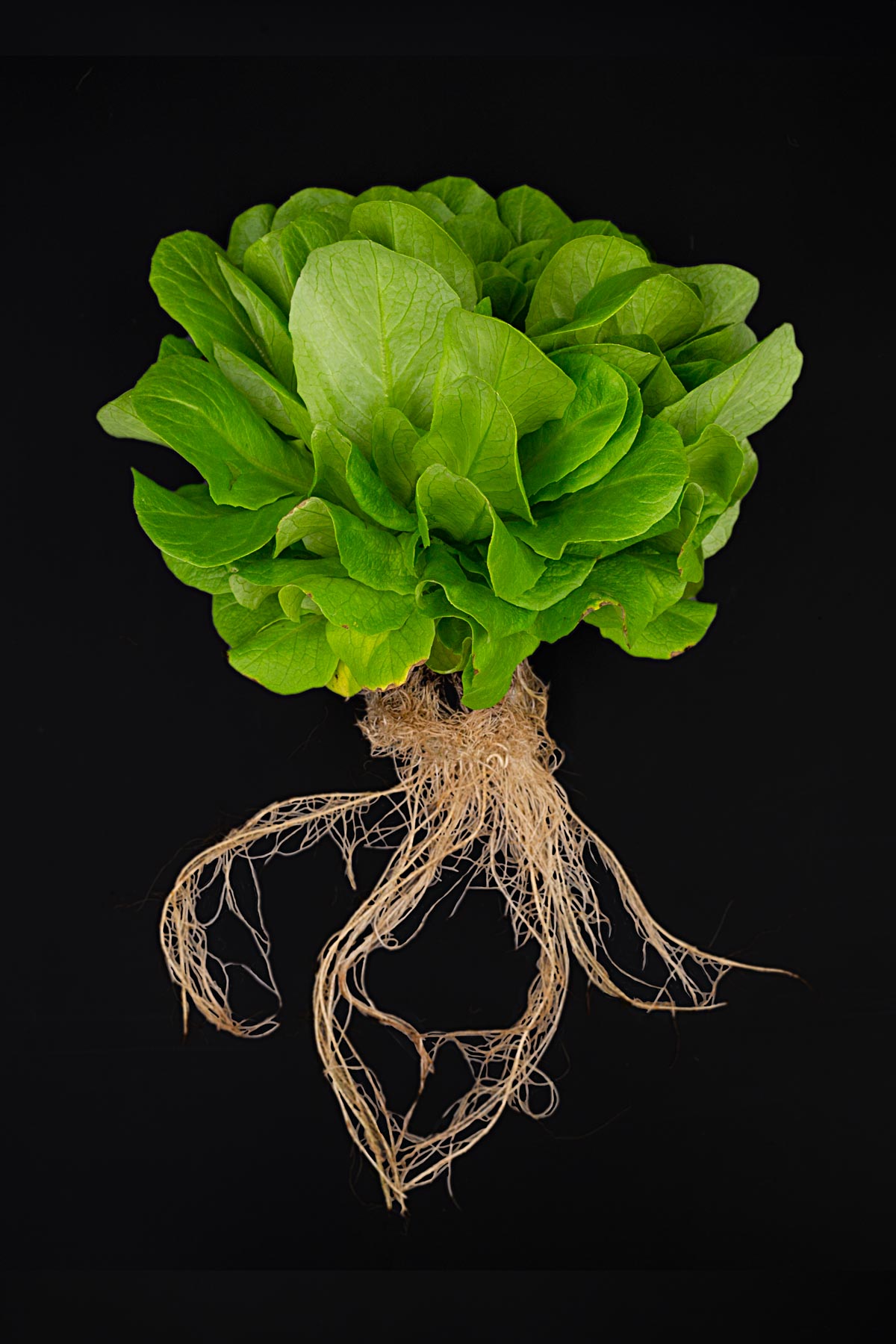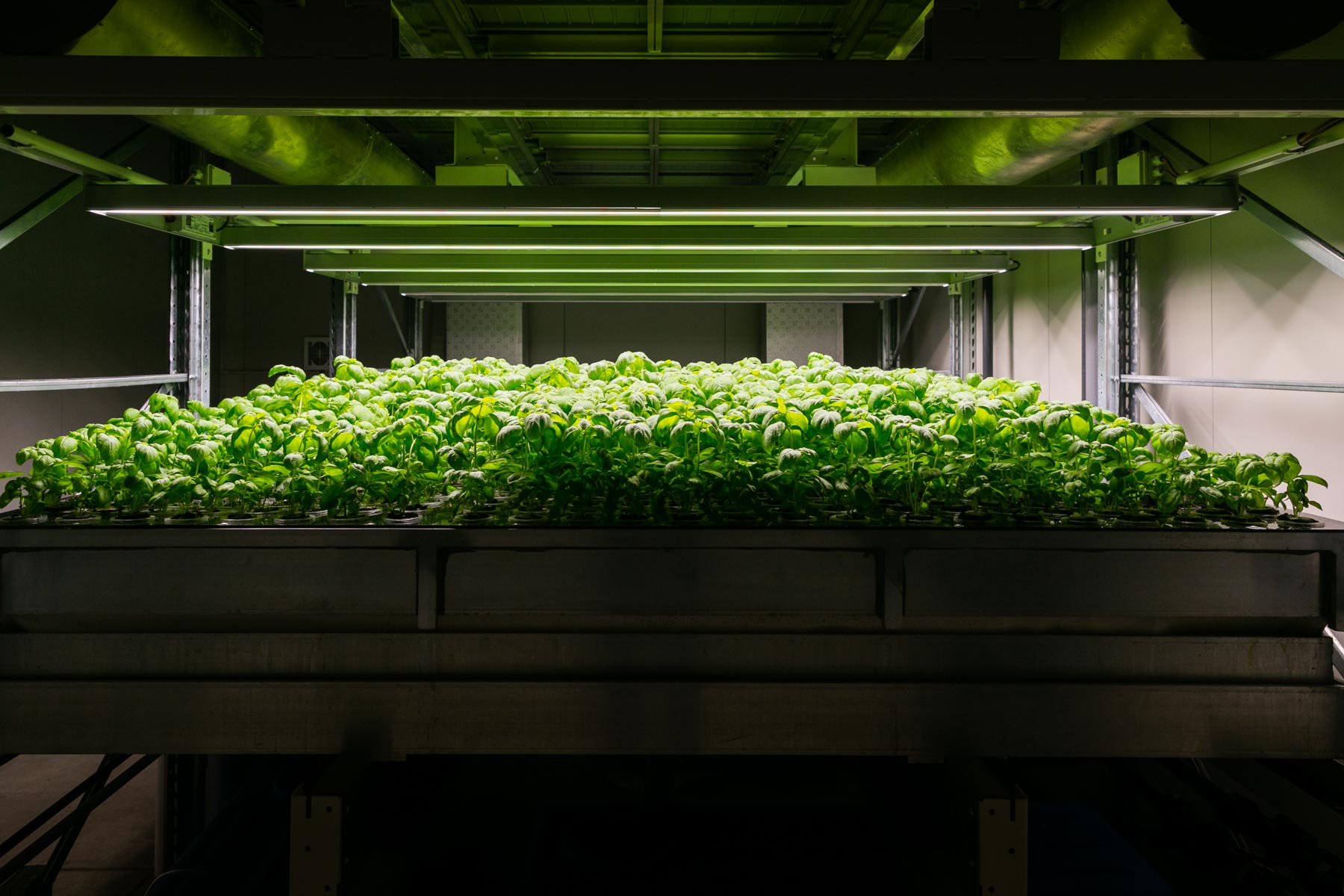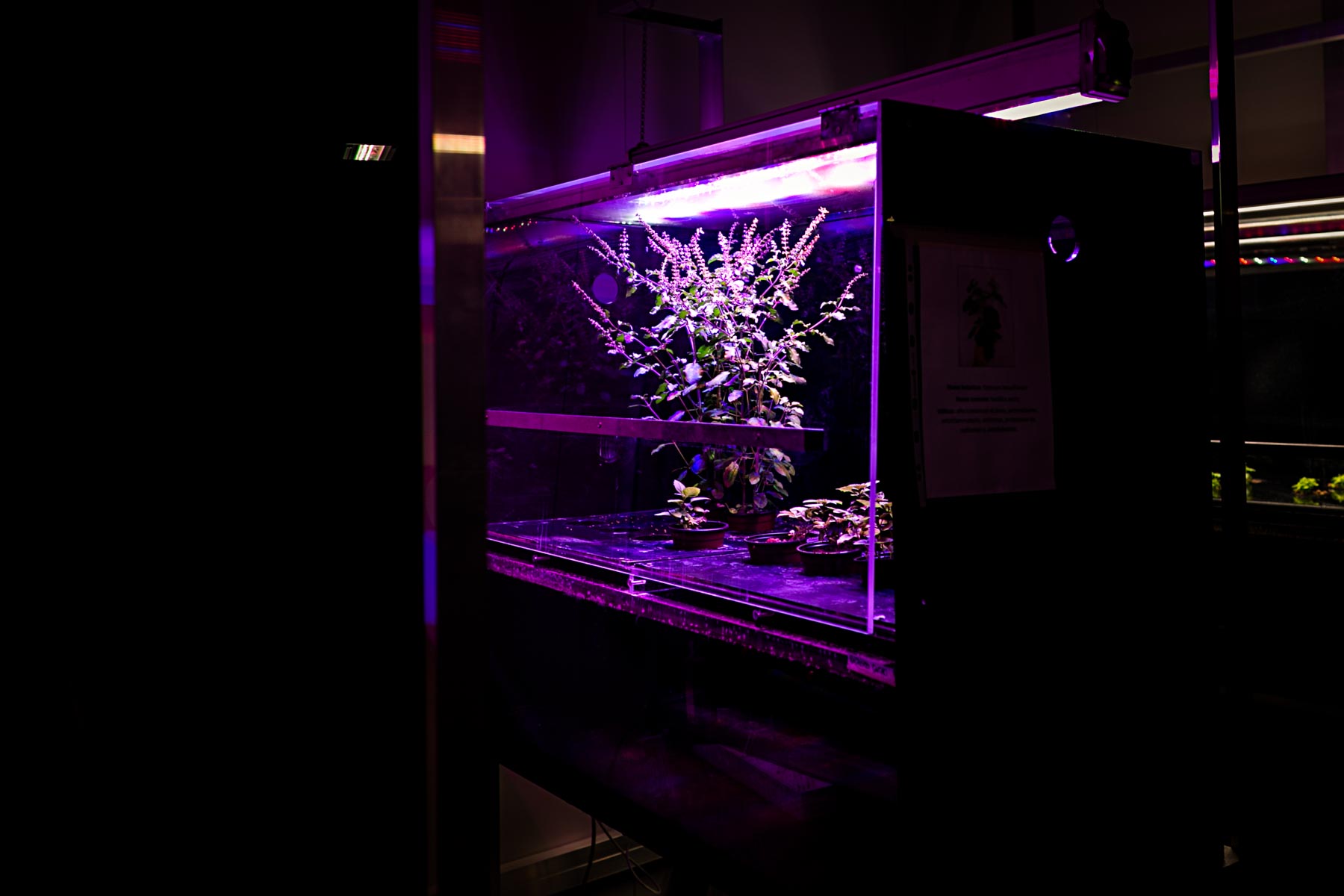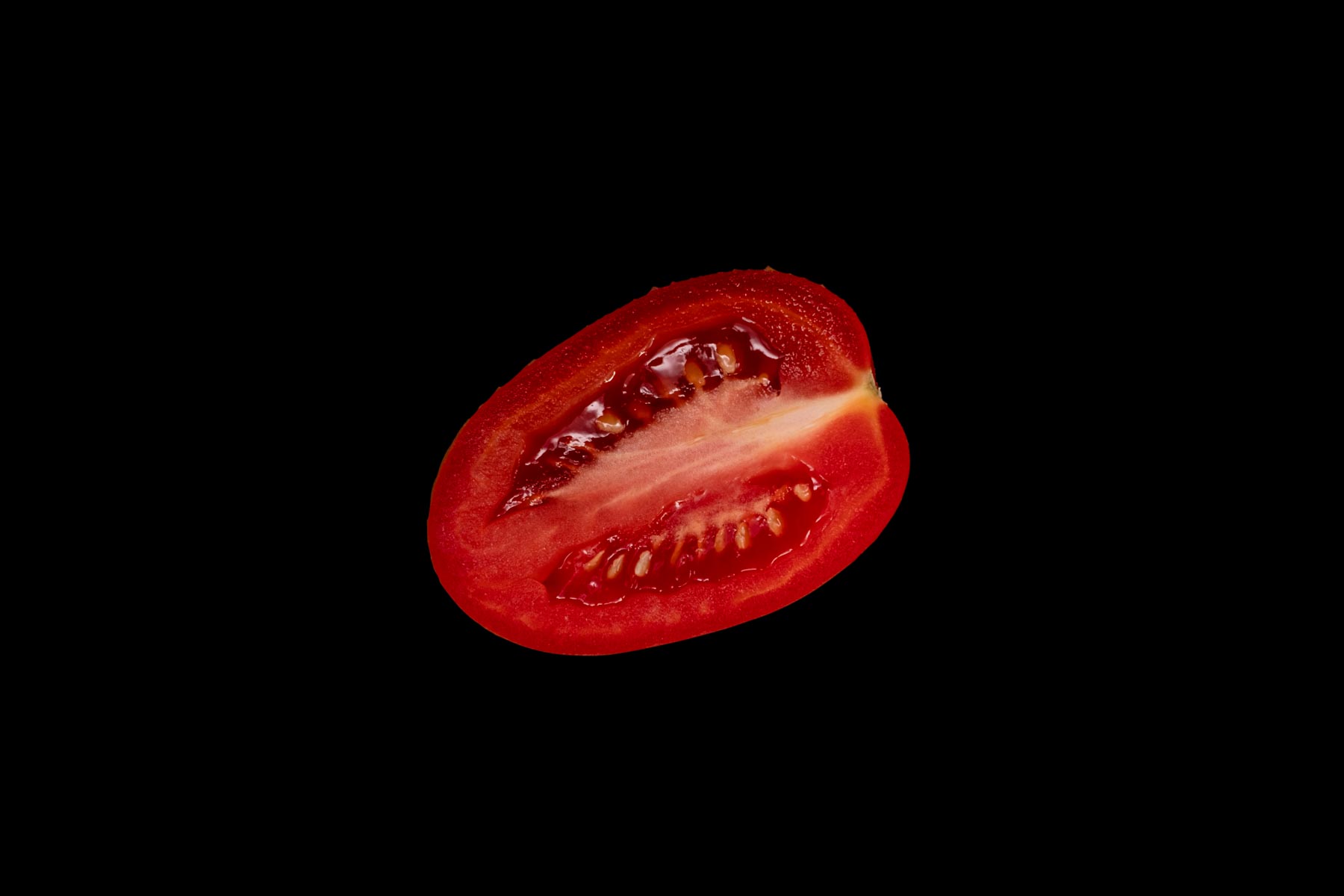According to FAO, the world’s population will exceed 10 billion by 2050. To meet the food needs of so many people, it is estimated that the resources of two planets will be needed, unless there is a radical turnaround in the ways of consuming food and its production methods. Furthermore, current cultivation techniques will neither be sufficient nor sustainable for this new challenge, which instead sees urban centers, technological innovation and new ways of active participation of citizens as the decisive agents of a turning point.
Climate change and global population growth have put a strain on extensive production systems, increasingly burdened by exhausted or polluted soil. In traditional cultivations, in fact, the soil is often found in agronomic and phytosanitary conditions such as to no longer allow a healthy cultivation without extensive agrochemical interventions to fertilize and to control telluric pathogens and weeds.
real food
Ilaria, a 24-year-old agronomist, arranges a carpet of seeds inside a phytotron for military use Military Innovative Greenhouse (M.I.G), at the G&A Engineering research center in Oricola (AQ). M.I.G is a prototype capable of automatically producing high quality decontaminated vegetables, without the use of chemical treatments and directly in the operating theatre. It’s a hydroponic vertical farm built inside an ISO20 containment container, sterile, mobile, modular and fully automated.
The Vertical Farm prototype in Idromeccanica Lucchini industrial plant at Guidizzolo (MN). Created by ENEA (Italian National Agency for New Technologies, Energy and Sustainable Economic Development) in 2015, Vertical Farm is a greenhouse in which soilless lettuce and basil are grown using a hydroponic system. Artificial light replicates the natural conditions for plant growth and accelerates chlorophyll photosynthesis while an air conditioning system maintains the required temperature and humidity values.
Riccardo, a 54-year-old researcher, measures the length of a sprout with a caliber to evaluate the light efficiency of a prototype of a mini greenhouse at the Robot Farm research center in Oricola (AQ). The prototype was designed as a social spacer for restaurants in compliance with the Covid19 protocols, on which plans to grow microgreens.
The search for alternatives has led in recent years to a great development of soilless cultivations, i.e. cultivation techniques such as hydroponics, aquaponics and vertical farms where the soil is replaced by an inert substrate or water and where the horizontality of the cultivated field leaves the place for the verticality of phytotrons.
In hydroponics, the soil is no longer an active part of the agricultural production system but is replaced by inert substrates or artificial supports that perform the same function. The supply of water and mineral salts, essential for the development of the plant, takes place through the administration of nutritional solutions evaluated for the real needs of the plants, throughout the production cycle.
Vertical farms are crops in closed environments or greenhouses that develop in height on several artificially illuminated levels, where the best environmental conditions for growth are recreated, or air-conditioned laboratories automated by calculation algorithms and sensor networks able to fully manage the cultivation protocols of the growing plant variety.
Fish in an aquaponics greenhouse at the farm The Circle, Rome. The essential nutrients for plant growth are provided by fish farming. In this system, elements such as nitrogen and phosphorus, deriving both from the excretion and dejections of the fish and from the decomposition of the food not ingested, can be absorbed by the roots of the cultivated plants which are directly immersed in the water.
Sprouts of radish (Raphanus sativus). Microgreens are a new category of vegetables that stands out for its early harvest and “miniature” cultivation system. They are considered as “super foods” as they have an enormous concentration of vitamins, between 4 and 40 times the levels of those contained in normal-growing vegetables.
These systems are 75% more productive than traditional open field agriculture, drastically reduce water consumption by up to 90% and produce healthier and better plants from a nutritional point of view than those grown in the open field, as they are not threatened from the elements of nature or from the poisoning of the land.
Vegetables and plants grown in controlled cultivation environments are able to fully develop their nutritional potential and plant foods are qualitatively better, richer and healthier: real food.
These new cultivation techniques make extensive use of digital systems, computerized management methods and Big Data . The distribution of nutrients and the choice of light parameters are managed by algorithms optimized on the specific needs of the species in culture: plants grow monitored, without external agents and contact with the human operator is minimized if not completely absent.
Real Food is a series that tells some Italian examples of industries, innovative farms and institutional and private research centers that make use of soilless cultivation systems to produce food and plants of the highest quality. The work and research of these companies is based on the paradigm of agriculture 4.0 which provides for the harmonious use of different technologies aimed at improving the yield and sustainability of agricultural activity, production and processing quality, working conditions and the environmental impact of the entire supply chain.

